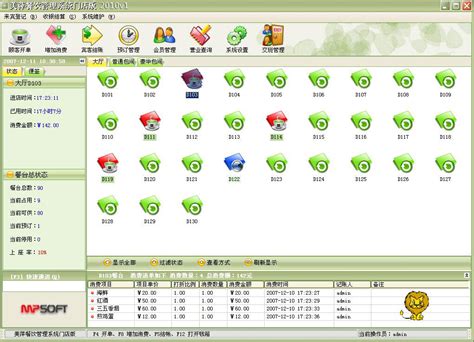区块链真假怎么辨认
Title: Exploring Strategies for Combating Counterfeiting with Blockchain
In today's digital age, counterfeiting poses a significant challenge across various industries, including pharmaceuticals, luxury goods, and even food products. Blockchain technology, with its decentralized and immutable ledger, offers promising solutions to combat counterfeiting effectively. Let's delve into some strategies utilizing blockchain to tackle counterfeiting in different sectors:
1. Supply Chain Transparency:
Counterfeit products often infiltrate supply chains through unauthorized channels. Implementing blockchain in supply chain management enhances transparency by recording every transaction on an immutable ledger. Each product's journey, from its origin to the end consumer, becomes traceable. Companies can verify the authenticity of products at each stage, reducing the risk of counterfeits entering the market.
2. Product Authentication:
Blockchain enables the creation of unique digital identities for each product, stored securely on the blockchain. Consumers can access this information through QR codes or NFC tags, allowing them to verify the product's authenticity instantly. By scanning the code, consumers can view detailed information about the product's manufacturing process, distribution history, and authenticity, instilling trust and confidence in the brand.
3. Smart Contracts:
Smart contracts automate and enforce agreements between parties without the need for intermediaries. In the context of combating counterfeiting, smart contracts can ensure that only genuine products move through the supply chain. For instance, a smart contract can trigger payments or release goods only when the blockchain verifies the authenticity of the products, thereby preventing counterfeit items from entering the market.
4. AntiCounterfeiting Tokens:
Some companies are exploring the integration of anticounterfeiting tokens into their products' packaging. These tokens, generated using blockchain technology, are unique identifiers that cannot be replicated or tampered with. Consumers can verify the product's authenticity by scanning the token using a dedicated app, which retrieves information stored on the blockchain, such as the product's origin, manufacturing date, and distribution history.
5. Decentralized Marketplaces:
Traditional ecommerce platforms are susceptible to counterfeit products due to the lack of transparency and centralized control. Decentralized marketplaces built on blockchain technology offer a solution by providing a transparent and secure environment for buying and selling goods. These platforms leverage blockchain's immutable ledger to verify the authenticity of products listed on the marketplace, thereby reducing the prevalence of counterfeit items.
6. Intellectual Property Protection:
Blockchain can also be utilized to protect intellectual property rights and prevent the unauthorized replication of products. By registering patents, trademarks, and copyrights on a blockchainbased platform, companies can establish indisputable proof of ownership and create a digital trail of their intellectual property rights. This discourages counterfeiters from producing fake replicas of patented or copyrighted products.

Conclusion:
Blockchain technology presents a potent arsenal of tools and strategies for combating counterfeiting across various industries. By leveraging supply chain transparency, product authentication mechanisms, smart contracts, anticounterfeiting tokens, decentralized marketplaces, and intellectual property protection measures, companies can significantly mitigate the risks associated with counterfeit products. Embracing blockchain not only safeguards consumers from fraudulent goods but also fosters trust, integrity, and accountability throughout the entire ecosystem.
This comprehensive approach to leveraging blockchain technology in the fight against counterfeiting holds the potential to revolutionize industries plagued by counterfeit products, ensuring a safer and more secure marketplace for all stakeholders involved.
References:
1. "Blockchain Technology: Opportunities and Challenges" World Economic Forum
2. "The Role of Blockchain in Combating Counterfeiting" Harvard Business Review
3. "Blockchain Revolution: How the Technology Behind Bitcoin Is Changing Money, Business, and the World" Don Tapscott and Alex Tapscott










